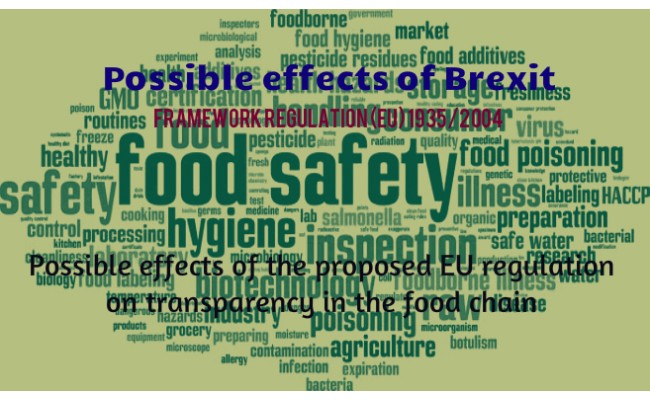- Call: +1 850 633 2663

The European Commission started harmonizing food contact legislation in the mid-1970’s. Over the following years up to 2011 steady, if unspectacular, progress was made with the development of legislation covering the general framework and GMP for all materials and the specific cases of plastics, recycled plastics, active and intelligent packaging, regenerated cellulose film, ceramics, certain epoxy derivatives (BADGE, BFDGE and NOGE), the release of n-nitrosamines and n-nitrosatable substances from rubber teats and soothers and the import of polyamide and melamine kitchenware from China and Hong Kong.
From 2011 to 2017 progress slowed further and was limited to plastics despite the legislation on recycled plastics and active and intelligent packaging remaining unfinished. However, the pace of change looks set to increase significantly. Two regulations have already been issued in 2018 and progress promised on completing the unfinished legislation, introducing a new approach for legislating printed food contact materials and reviewing the efficacy of The Framework Regulation (EU) 1935/2004. Additionally, a proposed EU regulation on transparency in the food chain may also impact on food contact. Finally, there is additional uncertainty added by Britain’s exit from the EU, commonly known as Brexit.
This training covers where we currently are, why we cannot continue with the approach used for plastics for the many remaining unharmonized materials and the radical new idea for future legislation. It will also look at recent developments which might lead to significant changes in the Framework Regulation which underpins all the other food contact legislation.
The European Commission has made steady, if unspectacular, progress with the development of harmonized food contact legislation. However, it has recently come under pressure from some of the member states and the European Parliament to introduce future legislation far quicker. This has led the Commission to develop a radical new approach for the future, starting with finished printed food packaging.
This a must have training for food packaging material producers, R&D chemist and formulators involved in food packaging. Also suitable for anyone responsible for showing that the food contact materials or articles produced by their company are compliant with the requirements of EU law, in particular:
2 reviews